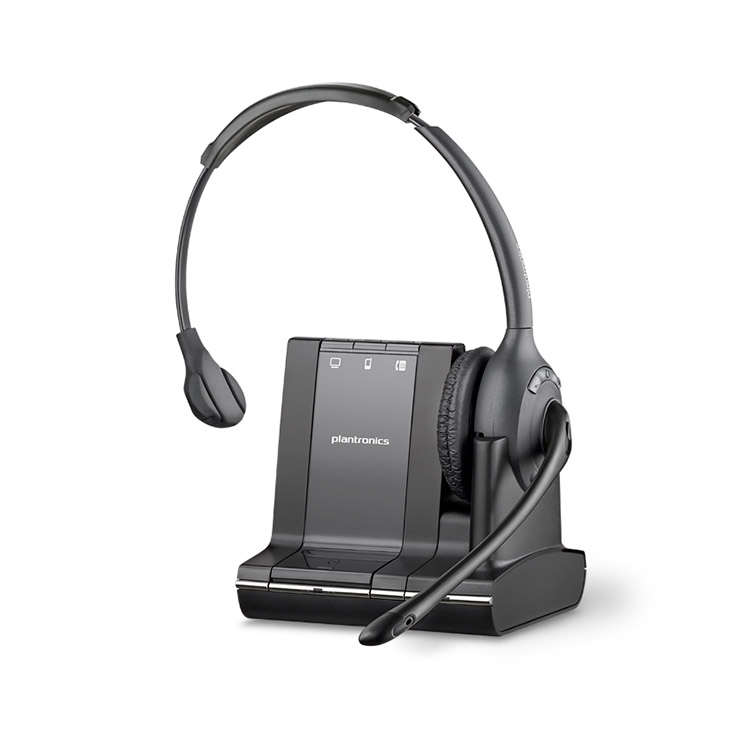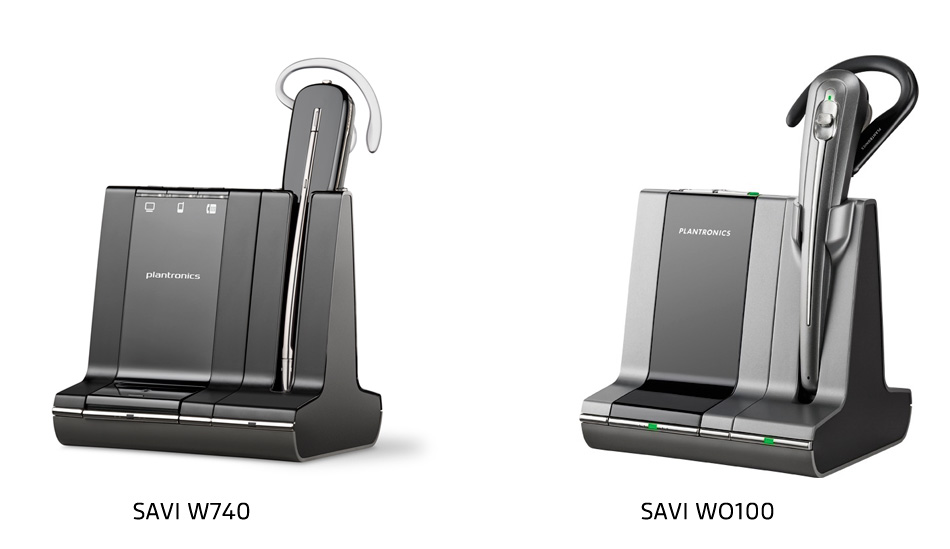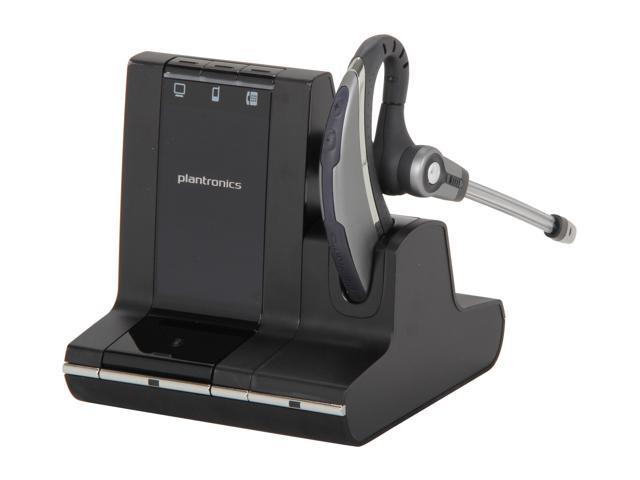


MS-50 įollowing the Pacific Plantronics partnership with NASA in the Space Program, the MS-50 headset gained recognition in the communication marketplace. astronaut Neil Armstrong as he stepped on the moon were transmitted through a Plantronics headset. The use of these SPENCOMM-NASA headsets in astronaut space suits continued through the remainder of the Mercury program, the Apollo program and on to this day. Significant redundancy was built into these headsets, as each microphone circuit had two transducers and each receiver had 5 transducers-in addition, the headsets were used in pairs. Together, SPENCOMM and NASA spent only 11 days to create a working microphone design for space communications and Schirra was the first to use the new communication technology during the Mercury-Atlas 8 mission. SPENCOMM personnel traveled to NASA's Manned Spacecraft Center (now Johnson Space Center) and Kennedy Space Center to meet with and get design feedback from Schirra and several other astronauts, including Gordon Cooper. Pacific Plantronics assembled its Space Environmental Communications (SPENCOMM) division to begin working on a reliable solution. In 1961, NASA astronaut, Wally Schirra contacted Courtney Graham, a fellow pilot, to discuss creating a design for a small, lightweight headset to be used in the Mercury spacecraft. In the mid-1960s, the Federal Aviation Agency selected Plantronics as the sole supplier of headsets for air traffic controllers, and thereafter was selected to supply headsets to the operators of the Bell Telephone company. They introduced the first lightweight communications headset, the MS-50, to the commercial marketplace in 1962. UAL's approval of the innovative design caused Graham and Larkin to incorporate as Pacific Plantronics (now called Plantronics, Inc.) on May 18, 1961. (Larkin had been working for a small company called Plane-Aids, a Japanese import company which offered spectacles and sunglasses that contained transistor radios in their temple pieces.) The final design, incorporating two small hearing aid-style transducers attached to a headband was submitted to United Airline approval. He collaborated with his pilot friend Keith Larkin to create a small, functional design which was robust enough to pass airlines standards. Courtney Graham, a United Airlines pilot, was one of the many who thought the heavy headsets should be replaced by something lighter. In 1961, United Airlines solicited new designs from anyone who was interested.

The speed and complexity of jet airliners caused a need for the introduction of small, lightweight headsets into the cockpit. In the early 1960s, airline headsets were so large and cumbersome that many pilots had switched back to the use of handheld microphones for communications. Including debt, the deal valued at $3.3 billion closed in August 2022. announced its intent to acquire Poly for $1.7 billion in cash as it looks to bolster its hybrid work offerings, such as headsets and videoconferencing hardware. On March 18, 2019, Plantronics announced that it would change its name to Poly following its acquisition of Polycom, although it continues to trade on the New York Stock Exchange as Plantronics, Inc. Plantronics is headquartered in Santa Cruz, California, and most of its products are produced in China and Mexico. Its products support unified communications, mobile use, gaming and music. is an American electronics company - branded Poly to reflect its dual Plantronics and Polycom heritage - producing audio communications equipment for business and consumers.


 0 kommentar(er)
0 kommentar(er)
